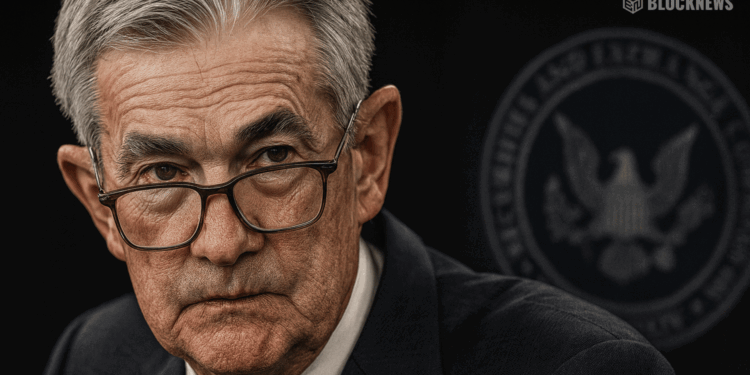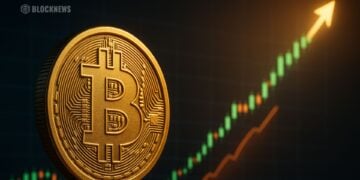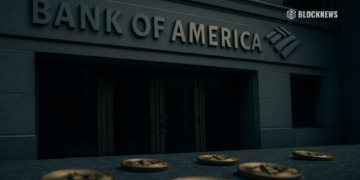- Odds of a Fed interest rate cut in September 2025 sit between 85%–95%.
- Inflation is cooling, job growth slowing, and GDP forecasts dropping—all pointing toward a cut.
- A cut would lower borrowing costs, impact global markets, and shift investment strategies.
The financial world is buzzing with one big question—will the Federal Reserve finally pull the trigger on another interest rate cut next month? Under Jerome Powell’s cautious eye, the odds aren’t just tilting that way, they’re practically screaming it. Market trackers now peg the probability of a September 2025 cut somewhere between 83% and 94%. That’s not a whisper, it’s nearly a certainty, and the ripple effects could hit everything from your mortgage to the value of the dollar itself.
Federal Reserve Interest Rates Explained: Why Cuts Matter for the Economy
At its core, the Fed funds rate is like the thermostat for the entire economy. Raise it and things cool down, cut it and the system heats up again. Since 2022, Powell and the Fed have been on a rollercoaster: from near-zero pandemic rates to a peak of 5.5% in 2023, before pivoting toward cuts last year. Today, the target range sits at 4.25%–4.50%.
This September, most chatter centers on a quarter-point trim to 4.00%–4.25%. But history tells us cuts can come in bigger bites, 50 or even 75 basis points, if the economy falters faster than expected.
Economic Data Driving September 2025 Fed Rate Cut Predictions
The latest numbers are painting a picture the Fed can’t ignore. Inflation has cooled to 2.7% year-over-year, with core inflation holding at 3.1%. Job growth has slowed—just 114,000 payrolls added in July—while unemployment ticked up to 4.2%. GDP still looks solid at 3% for Q2, but forecasts drop sharply to around 1.5% going forward.
This mix—moderating inflation, softening jobs, slowing growth—is exactly the setup that pushes the Fed toward a cut. It’s not panic territory, but it is the textbook case for “easing” before things get worse.
Market Predictions: FedWatch Tool and Analysts Expect a Rate Cut
If you follow futures markets, the story is clear. The CME FedWatch Tool shows over 82% odds of a cut, while Bloomberg and Barron’s have pushed predictions into the 90s. Social media is alive with charts, models, and hot takes on how gold, crypto, and equities will react. Still, Powell has been careful, reminding everyone the Fed is “data-dependent.” Translation: if inflation surprises higher or growth stays firm, they might stall.
Jerome Powell’s Jackson Hole Speech and Fed Policy Outlook
Powell’s statements in late July struck a familiar tone—progress on inflation, some strength in jobs, but still risk in the system. He made clear the Fed is committed to its 2% inflation target and will “adjust policy as needed.” His upcoming Jackson Hole appearance is already being hyped as the moment to watch. Markets will parse every pause and word for hints of how aggressive the Fed is ready to be.
What a September 2025 Fed Rate Cut Means for Consumers and Investors
For consumers, lower rates mean cheaper borrowing—mortgages, car loans, even credit cards could lighten up. For businesses, the cut would ease capital costs, encouraging investment and hiring. Investors usually see risk assets like stocks pop on cuts, while bonds and the dollar can wobble in the opposite direction. On the flip side, if the Fed holds steady, it’ll be a signal they’re more worried about sticky inflation than about growth cooling.
Bottom Line: Federal Reserve Rate Cut Odds Are Near Certain
Right now, the odds of a September 2025 rate cut aren’t just high—they’re overwhelming. Somewhere in the 85–95% range depending on who you ask. Still, the Fed’s mantra is clear: everything depends on the data. Between now and mid-September, inflation prints, jobs numbers, and Powell’s words will decide whether those odds translate into action.














